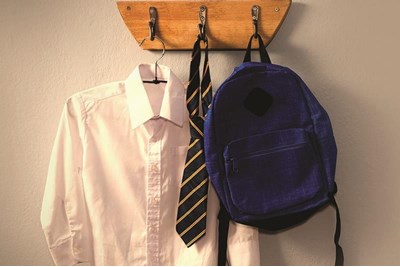Music learners are choosing non-traditional sources for their music education – and schools must better understand and adapt to this changing landscape, says Chris Cobb
Learning and playing music brings incredible and unique pleasure to people of all ages. Recent evidence shows plenty of children continue to reap the rewards, even amid the distractions of modern life.
For example, ABRSM’s “state of the sector” Making music report, published last autumn (ABRSM, 2021), revealed that an amazing 86% of children report actively making music in one way or another today, while 59% of children report that they currently play a musical instrument.
This great news, however, masks a far more complex picture of music education today.


